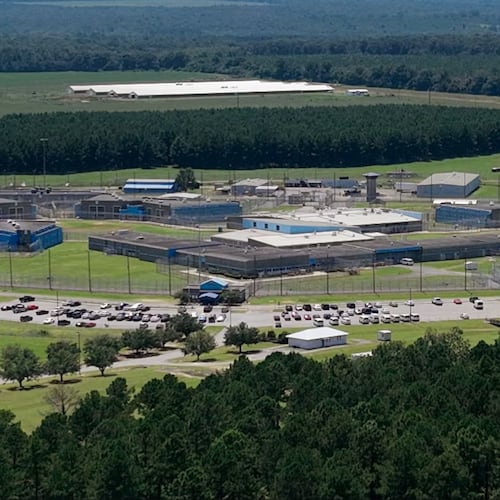Even as some states are beginning to see their death tolls from the opioid epidemic slow, Georgia is not. According to preliminary data for 2017, the death rate continues to increase.
Deaths from addiction nationwide, driven by the opioid crisis, increased 14 percent in 2017, according to the data. But Georgia’s deaths ticked up faster, by 16 percent.
”I’m not surprised; I wasn’t convinced we had hit the peak,” said Neil Campbell, the director of the Georgia Council on Substance Abuse. “But it is disturbing.”
The data, released earlier this year by the federal government and compiled by the Pew Charitable Trusts, are now gaining circulation. Campbell said she just saw the data in a presentation.
There are a lot of reasons for Georgia’s and other states’ lag in effectively responding, Campbell said. “We’ve tried to arrest our way out of the problem, that’s been an issue in Georgia,” she said. The state is now making strides in sentencing under Gov. Nathan Deal, she said, but the problem has built and “we’re just now seeing the real impacts.”
The opioid crisis began with too much prescribing of opioids by doctors who often were not made aware of the drugs' addictive danger. Many of those addicted then moved on to street drugs when they couldn't obtain more prescriptions. But even now, Georgia's top prescription drug is an opioid, hydrocodone.
Although Georgia is now beginning to take action, it comes too late for those whose addictions built up over time to a death last year. During the recession, Georgia's Legislature gutted its addiction funding. It only restarted funding recently: $250,000 was just disbursed for programs to engage with addiction-risk moms in hospital neonatal units, and about $4 million is being spent now on recovery programs.
Years after the economy began recovering, “We hadn’t had a state allocation specifically for addiction since the recession,” Campbell said.
The federal government began steadily allocating money for medically assisted opioid addiction treatment during the Obama administration, and it’s continued through the Trump administration.
Much of the nation and Georgia have been slow to accept the gravity of the opioid crisis. The consulting group Altarum estimates that its cost to the U.S. economy since 2001 has exceeded $1 trillion. That was just until 2017, the year these federal death numbers encompass. Having built to a crescendo in its breadth and impact, the crisis is now expected to cost an additional half-trillion dollars by 2020 “if current conditions persist,” Altarum found.
“The costs of the opioid crisis are borne by individuals in the form of lost wages; the private sector in lost productivity and health care costs; and federal, state and local governments in lost tax revenue and additional spending on health care, social services, education and criminal justice,” according to the Altarum report.
States with big spikes in deaths litter the country, as do states with big decreases. Deaths fell by 39.4 percent in Wyoming, 2.4 percent in Tennessee and 2.2 percent in Massachusetts. They increased by 39.4 percent in Florida, 17.8 percent in Alabama and 15.9 percent in Connecticut.
OVERDOSE DEATHS
Drug overdose deaths, driven by the opioid epidemic, declined in 14 states in the latest figures available, from 2017. But they rose in Georgia and nationwide.
Georgia
2016: 1,270
2017: 1,475
Georgia increase: 16.1 percent
U.S. increase: 14.4 percent
Source: U.S. Centers for Disease Control and Prevention via Pew Charitable Trusts
About the Author
Keep Reading
The Latest
Featured




